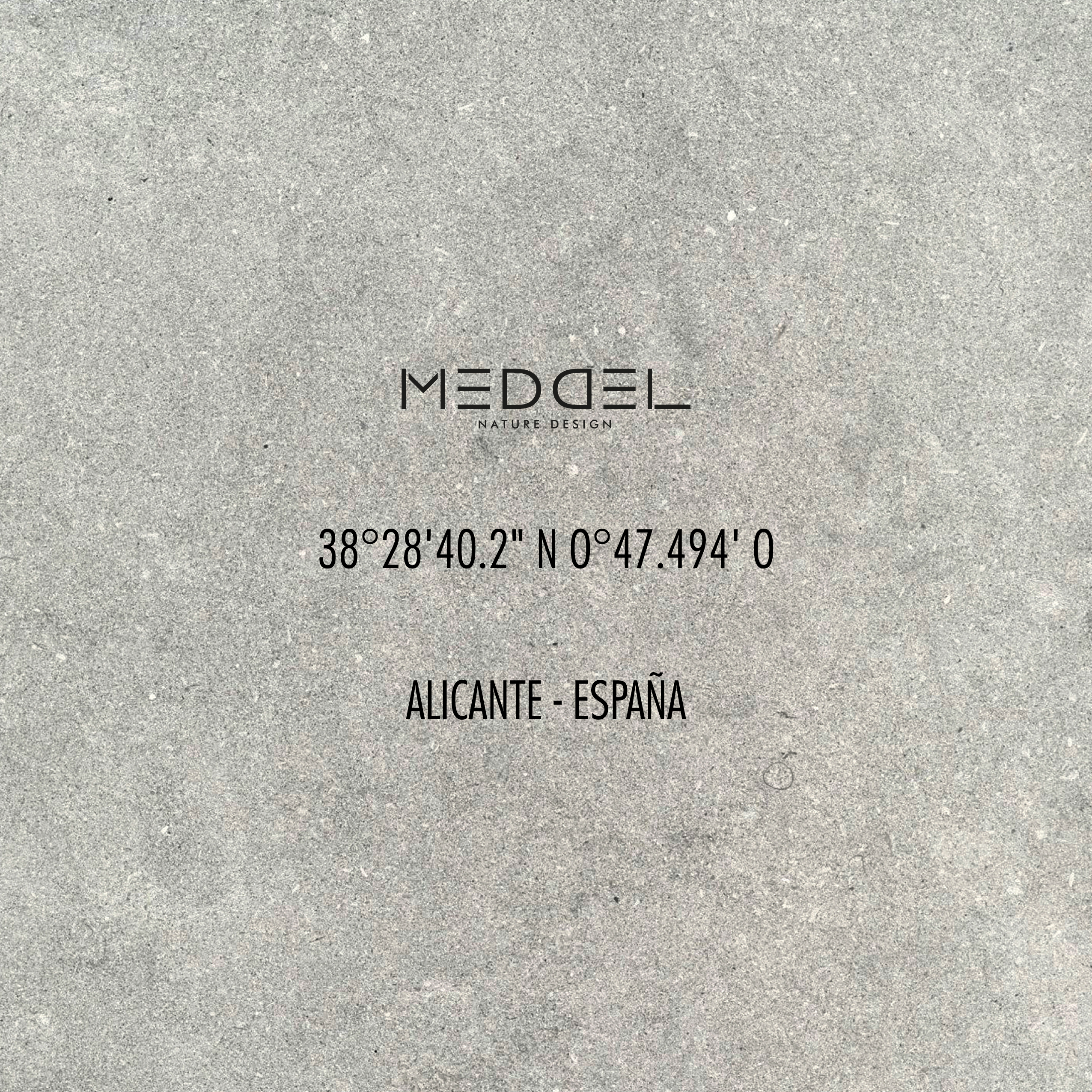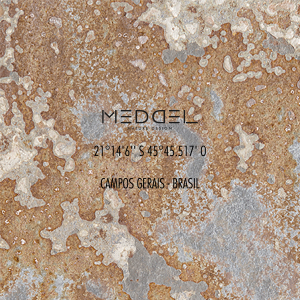
12 Jan SPANISH MARBLE BATEIG ALICANTE
A sandstone with a cement-like appearance in gray tone
A national stone of great value for its simple aesthetics is positioned for its neutrality.
SPANISH MARBLE BATEIG ALICANTE
The Spanish marble stone Bateig de Alicante belongs to the Betic mountain range system, neighbor of the Iberian Massif and of later emergence... The Spanish marble stone Bateig de Alicante has the appearance of cement.
THE IBERIAN MASSIF. The process of the planet.
It was at the end of the Paleozoic when the Iberian Peninsula began to form. During the Permian it separated and became an individualized plate. Years of erosion of the mountain ranges, fluvial proliferation, precipitation and formation of depressions and basins, as well as faults, in particular those of Vizcaya and Gibraltar, began to mark the obvious boundaries of separation.
During most of the Triassic, the Iberian Massif is unleveled, carrying water to erosion, and dragging to the valleys large quantities of gravels, sands and clays. These deposits remain under the sea giving rise to large limestone plains, and for years large deposits of marine debris accumulate on them, giving rise to wide expanses of carbonate rocks.
During the Jurassic the Meso-Mediterranean plate approaches the massif.
In the Cretaceous the massif is overturned and inverted, the basins are filled by erosion, and the Iberian basin is the only one to be flooded.
And in the Paleogene is when the Eurasian and African plates begin a series of clashes, a struggle for space and order, which ends up forming the Iberian Peninsula based on blows from the ends that cause the Alpine Orogeny and the fracture of massifs forming the Galician massif, the central system, the Montes de Toledo, Sierra Morena, and the Catalan coastal mountain range. As well as the sunken blocks of the Duero Basin, Ebro Basin and Tagus Basin, which have no outlet to the sea. The Baetic Basin, on the other hand, continues to be seaward and receives marine deposits.
In the Neogene, during the Alpine orogeny, the formation of the Cantabrian mountain range is completed. The Meso-Mediterranean plate folds and joins the massif, creating the Betic mountain range. And closing the Norbetic strait. This cut off the Atlantic from the Mediterranean. The Mediterranean dried up because it did not have enough fluvial input. It remained that way until the opening of the Strait of Gibraltar, and in less than 100 years it filled up again.
The Pleistocene is marked by glaciation. And during the subsequent Holocene, the Iberian Peninsula changes its orientation and its fall begins to be oriented towards the Atlantic Ocean instead of the Mediterranean Sea. As a result, the rivers find a new course and a new mouth.
The entire peninsula also undergoes uplift, which causes coastal uplifts.
The Castile Coffee coffee table for the pictures of the catálogo Synthesis Collection.
Follow us on Meddel in our social media to see our new products.



Sorry, the comment form is closed at this time.